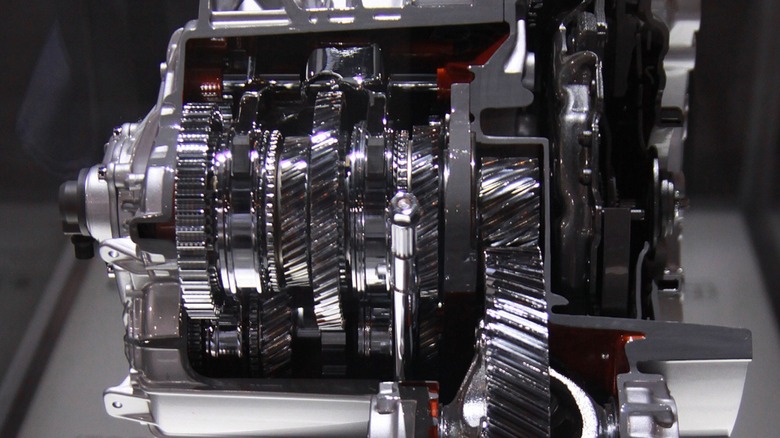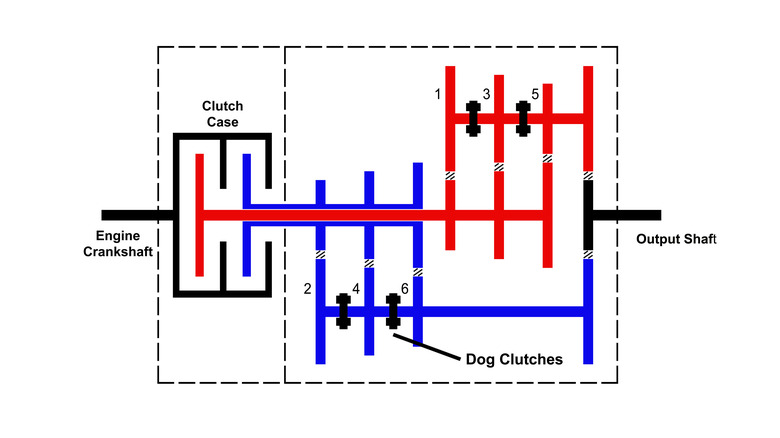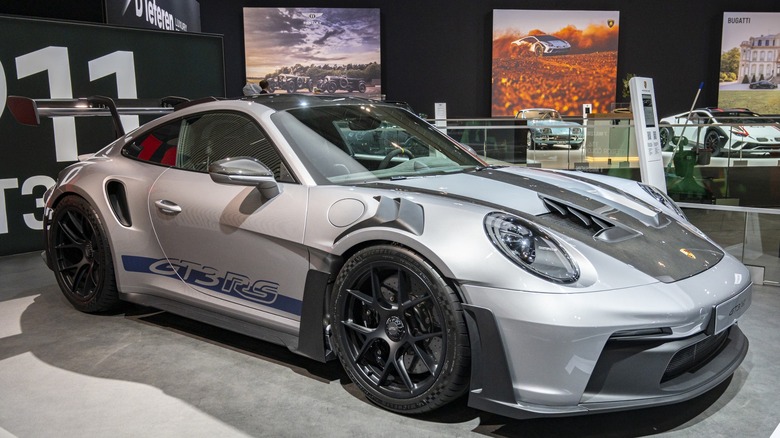Dual-Clutch Transmissions (DCT) Explained: Why You'd Want One
In the world of high-performance cars, you'll hear the term "dual-clutch transmission" get thrown around quite a bit. It's a staple of modern performance and all sorts of high-end cars ranging from the C8 Chevrolet Corvette to the almighty Porsche 911 GT3 RS. You're probably familiar with the concept of the DCT to some extent. They shift fast, can be driven as a standard automatic, and allow drivers to select gears with paddles on either side of the steering wheel in most cases. A lot of auto enthusiasts would still prefer to row their own gears with a manual transmission, and we respect that, but the performance of the DCT is hard to argue with. How exactly does it work, though?
First, the dual-clutch transmission is exactly what it says on the tin. The transmission has two clutches (or sets of multi-disc clutches, in some cases) and each is dedicated to its own set of gears. One clutch gets the even gears while the other picks up the odd gears. Typically, the odd-gear clutch also controls reverse. That might sound confusing, but here's a bit more in-depth explanation of how a dual-clutch transmission works and why you'd want one.
How a Dual-Clutch Transmission Works
Effectively, a DCT has two internal shafts that drive the gears. One is hollow and the other runs through the center of the hollow one. Typically, the hollow shaft controls the even gears while the solid one powers the odd ones. At the end of the shafts opposing the gears, they are contained inside a clutch case that contains the two clutches or sets of clutches. Rather than the driver controlling the clutches with a clutch pedal as you'd find in a manual transmission, they are actuated electronically or hydraulically. Gears that are not currently in use spin freely on bearings while a dog clutch on the output shaft of the drive gears activates the gear in use. It's all a little convoluted to read in text, so the above diagram can help make sense of it.
The basic takeaway is that using two separate clutches to control the gears as different sets allows for the dog clutch to engage and disengage between even and odd gears. So, there is no interruption of power between gears like you'd get with a manual transmission. That is exactly why the DCT is so desirable for performance applications.
Why you'd want a DCT
As noted above, the DCT allows for upshifts without interruption of power being delivered to the wheels of the vehicle. In addition, using two independent clutch systems allows for lightning-quick shifts both up and down. Some dual-clutch transmissions can change gear in as little as eight milliseconds. That's about 12 times as fast as the average human blinks.
The rapid shifting and prevention of power loss between gears make the DCT transmission advantageous in racing scenarios. Though we can appreciate the love for driving a manual transmission vehicle, interrupting power between gears and shifting at a much slower speed will result in a slower lap time. With modern performance cars, every tenth of a second counts in the eyes of the engineer. That's why so many have abandoned manual transmissions altogether. Sure, it doesn't matter all that much for those who buy performance cars just to drive them to the grocery store. For those that track them, though, it's a monumental difference.
Moreover, a dual-clutch transmission offers up to a 10 percent increase in fuel efficiency compared to a traditional torque-converter-style five-speed automatic transmission. That said, the majority of new cars using traditional-style automatic transmissions have adopted far more gears than five, so we can't truly say how much more fuel-efficient a DCT would be in comparison.


